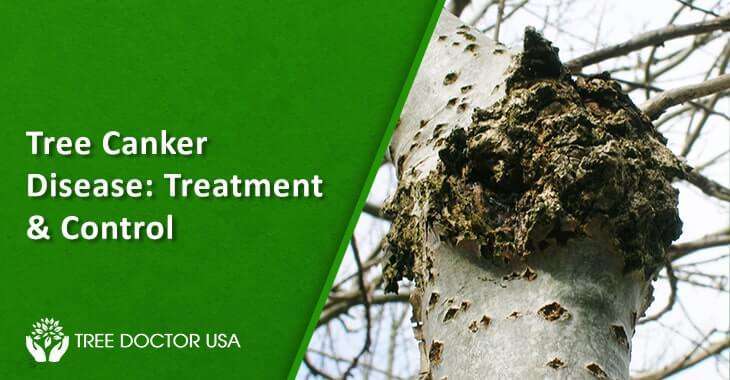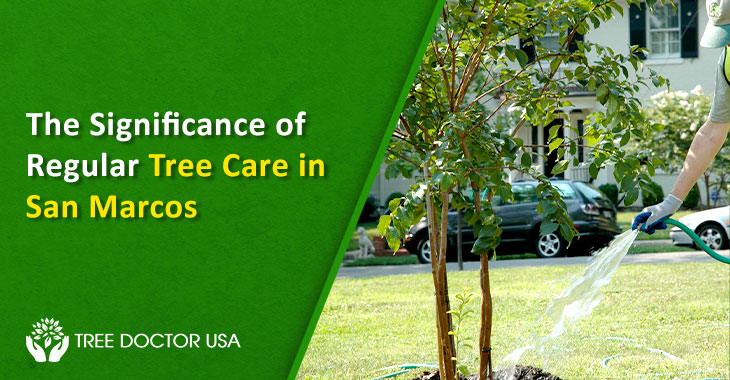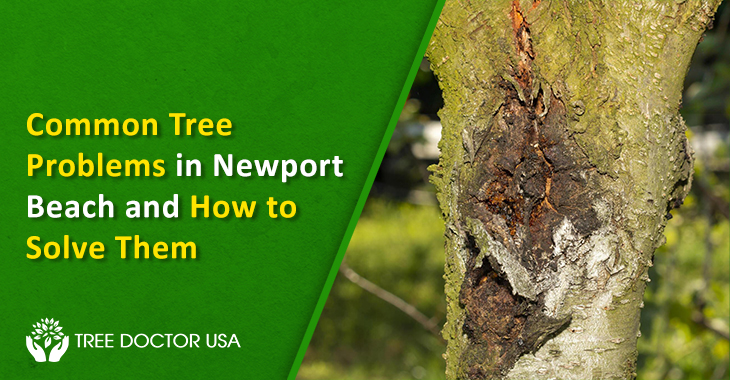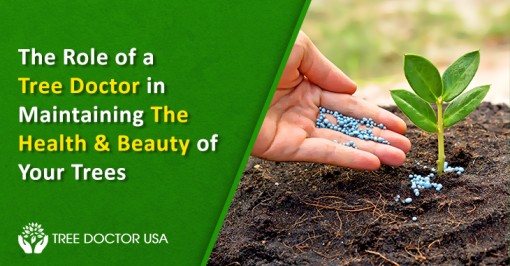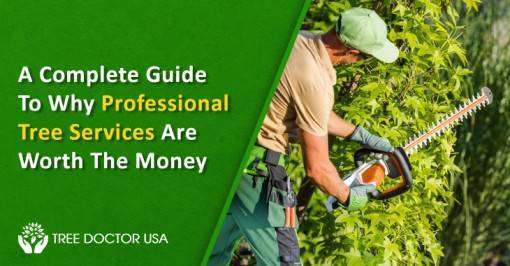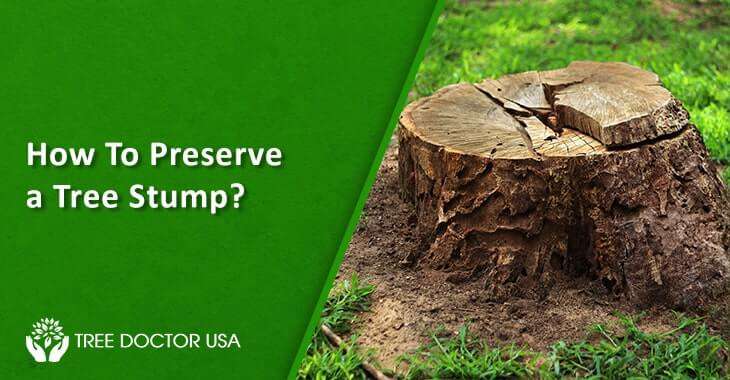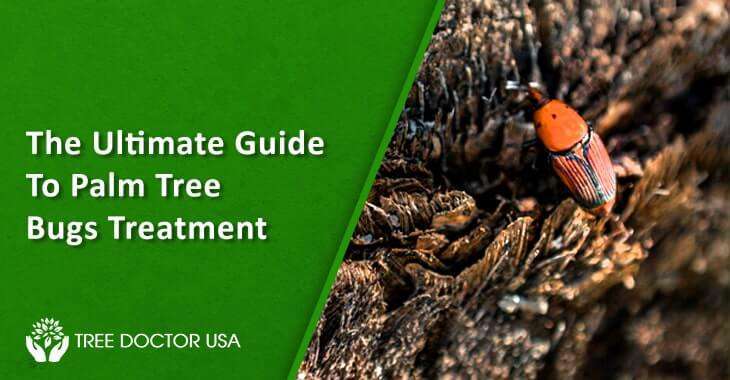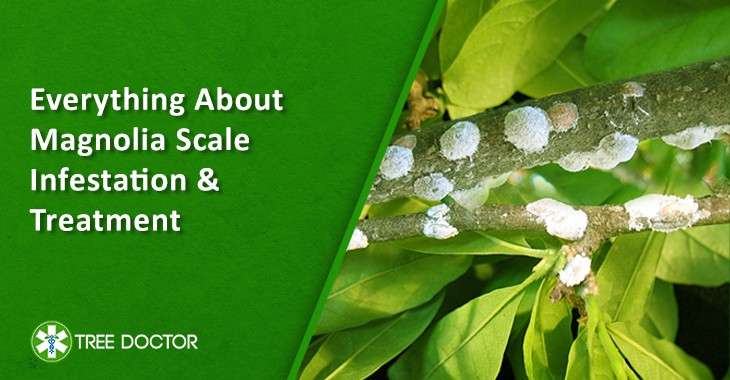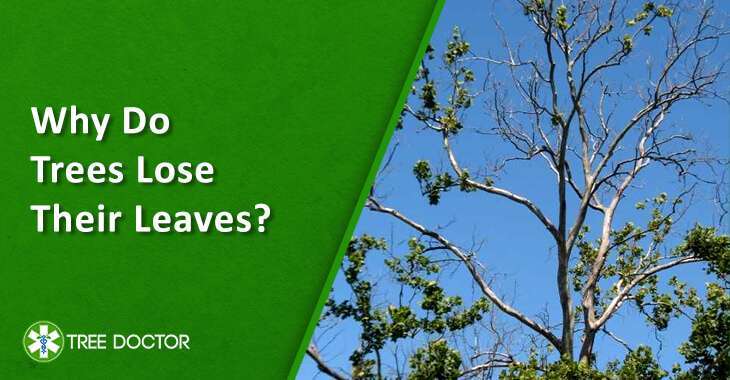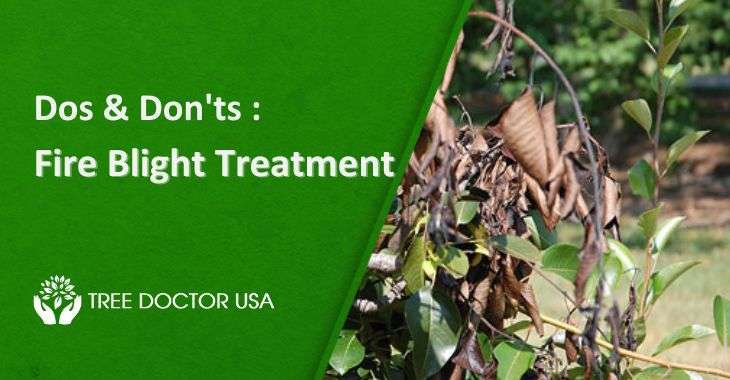Tree Canker Disease: Treatment & Control
You could have observed unsightly cankerous wounds on the bark of your tree. Cankers are sunken, dead areas in the bark that have been invaded by parasitic fungi or bacteria. These pests enter through natural wounds in the tree or through pruning cuts. Cankers can range in size from less than an inch to covering the entire trunk of a tree! If left untreated, cankers will girdle the tree and eventually kill it.
There are a few different Canker Disease Treatment options for trees, depending on the type of infection you’re dealing with. For Botryosphaeria canker, which is caused by the fungi Botryosphaeria dot idea, your best bet is to apply fungicides at regular intervals to keep the infection at bay. You may also need to treat any damaged or diseased branches and seal up any wounds on your tree with wound dressings.
What Is A Tree Canker Disease?
Tree canker disease is a plant disease that affects the bark and wood of trees. It is caused by a variety of fungi, bacteria, and insects. Tree canker diseases can be severe problems for both home and commercial growers.
A tree canker is a dead or dying area of bark that is surrounded by living tissue. Cankers are small, barely perceptible irritations on the bark or large, girdling wounds that encircle the tree’s trunk. Fungi, bacteria, and insects are all responsible for canker formation.
Most tree canker diseases are spread by insects such as mites and beetles or by the movement of diseased plant material from one location to another. They can also be spread through stresses or other wounds in the bark.
Different Species of Tree Canker Diseases
There are a variety of tree canker diseases that affect different types of trees. Some of the most common include Botryosphaeria Canker, Chestnut Canker, and Laurel Wilt Canker.
- Botryosphaeria Canker is caused by the fungal pathogen Botryosphaeria dothidea, and it is particularly widespread in coniferous species such as pines, cedars, firs, and spruces. This tree canker disease causes dark lesions to develop on the bark of infected trees, which gradually expand and encircle the trunk.
- Chestnut Canker is caused by the fungus Cryphonectria parasitica. However, it affects chestnut trees. This tree canker disease causes round, sunken lesions to form on the bark of infected trees. The Cankers gradually expand and girdle the trunk, causing the tree to decline.
- Laurel Wilt Canker is caused by the fungus Raffaelea lauricola, and it affects trees in the Lauraceae family, such as camphor, sassafras, ocotea, and cinnamon. This tree canker disease causes swollen cankers to form on the bark of infected trees that eventually girdle and kill the entire tree.
Other common tree canker diseases include Armillaria root rot, Phytophthora ramorum, Eastern tent caterpillar, and Thousand canker disease. These diseases can cause significant damage to a wide variety of tree species, including oak, maple, willow, pine, and more.
- Armillaria Root Rot: This disease is caused by the Armillaria fungi and affects a wide variety of trees, including oak, maple, willow, pine, and more. It is spread by the movement of infected plant material or through the growth of fungal spores.
- Phytophthora Ramorum: This disease is caused by a type of water mold and can severely impact oak, Douglas fir, and other tree species. It is spread primarily by wind and rain, as well as from the movement of infected plant material.
- Eastern Tent Caterpillar: This caterpillar is a common pest of trees and can cause significant damage to the leaves and branches. The caterpillars are often spread by wind or birds.
- Thousand Canker Disease: This disease is caused by the fungus Geosmithia morbida and affects black walnut trees. It is spread by the movement of infected plant material and by the activities of bark beetles.
Causes of Canker Disease on Trees and Plants
There are a variety of different fungi, bacteria, and insects that can cause tree canker diseases. These pathogens are often spread by wind, rain, birds, or other animals. However, they can also spread through the movement of infected plant material from one location to another. The causes of Canker diseases include wounds in the bark, such as those caused by pruning or other types of damage, which allow pathogens to enter and infect the tree.
Also Read: Is Bot Canker the Cause of Your Ornamental Trees’ Decay?
Symptoms and Identification of Tree Canker Disease
The symptoms of tree canker diseases vary depending on the type of pathogen that is causing the infection. However, some common symptoms include sunken or raised lesions on the bark, dieback of leaves and branches, and the girdling of the trunk. Cankers can also cause trees to produce abnormal growths, such as witches’ brooms and sawfly galls.
If you notice any of these symptoms, it is crucial to have the Tree Health Assessment by a professional who can identify the exact type of tree Canker disease that is causing the infection and recommend an appropriate treatment.
Treatment For Tree Canker Disease
There are many types of Cankers and tree species. Also, the severity of infection will decide how do you treat Cankers in trees. Some common treatments include treating infected areas, applying fungicides, and using biological control agents. It is crucial to consult with a professional before attempting any treatment, as some can be harmful to the tree if not offered correctly. By taking good care of your trees and monitoring them regularly for any signs of Canker disease, you can help protect them from this serious threat and keep them healthy and strong.
Botryosphaeria Fungus Treatment
Botryosphaeria Canker is a fungal disease that affects many types of trees, including fruit trees, nut trees, and shade trees. The fungus causes cankers, or sunken areas, to form on the tree’s bark. These cankers eventually girdle the tree and kill it.
There are several effective treatments for Botryosphaeria Canker, including applying fungicides, caring for the tree’s overall health, and removing infected trees. Applying a protectant fungicide such as chlorothalonil or mancozeb is one of the most common and effective ways to treat Canker disease. Other fungicides that may be used include copper-based fungicides, neem oil, and sulfur.
You can also control Canker disease by practicing good tree care. This includes watering the tree during periods of drought, fertilizing it properly, and treating infected branches. If the tree is already severely infected, professional tree care and treatment may be the only option.
If you suspect the infection of Canker disease, it is crucial to seek Botryosphaeria Fungus treatment as soon as possible. It will help reduce the risk of further damage and ensure the long-term health of your tree. With proper care and treatment, you can help protect your trees from Canker disease and keep them healthy and strong.
Botryosphaeria disease is a significant threat to trees, but with proper Botryosphaeria Canker treatment and care, you can control and eliminate the issue.
Prevention Of Canker Disease In Trees And Plants
The best way to prevent canker diseases is to choose tree species that are resistant to the pathogens that cause these diseases. Additionally, proper care and maintenance of trees can help to prevent canker diseases from occurring. It includes nurturing trees properly and avoiding wound damage to the bark. If you suspect that your tree has a Canker disease, it is crucial to have a tree health care evaluation by a professional as soon as possible so that your trees get appropriate treatment. With proper care, many trees can recover from these diseases and continue to thrive.
Final Thoughts
Canker disease is a severe threat to trees, but you can control the spread with proper treatment and care. Some common causes of Canker disease include fungi, bacteria, and insects that are spread by wind, rain, animals, or other means. However, the symptoms of Canker disease may comprise lesions on the bark, dieback of leaves and branches, and girdling of the trunk. Cankers can also cause abnormal growths, such as witches’ brooms and sawfly galls. If you notice any of these symptoms, it is crucial to seek professional help to identify the exact type of Canker disease and begin appropriate treatment.

